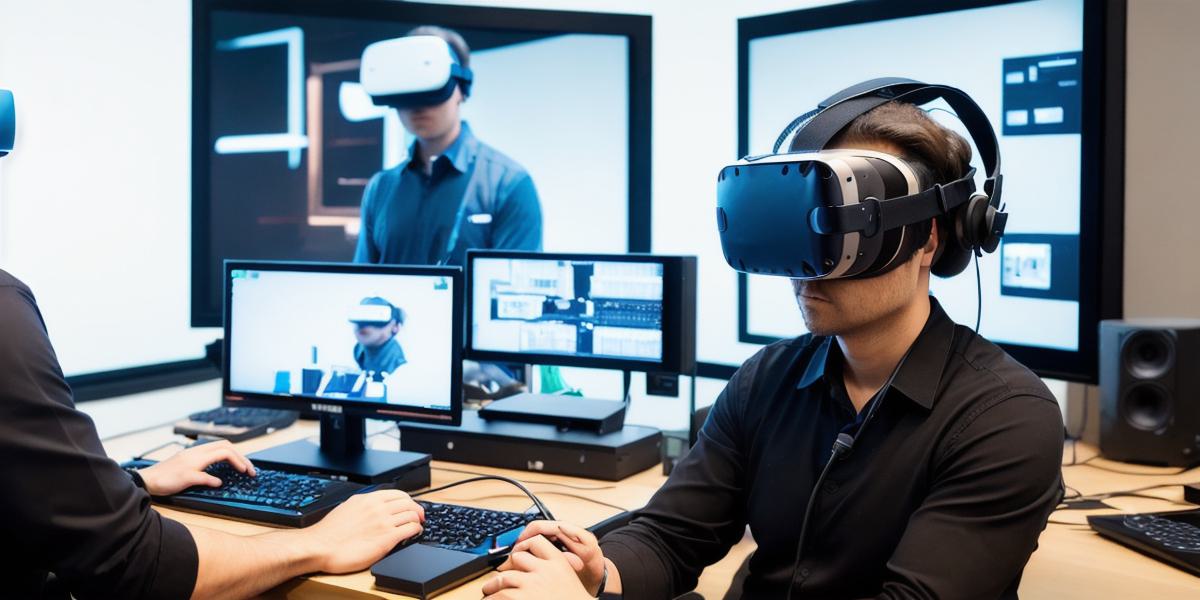As virtual reality (VR) technology continues to advance, many developers are struggling to create engaging and immersive experiences. In this article, we will explore some of the reasons why VR development can be so difficult and offer tips and advice for overcoming these challenges.
One of the main reasons why VR development is so hard is the lack of standardization. Unlike traditional gaming platforms, there are no universally accepted tools or frameworks for creating VR experiences. This means that developers must constantly learn new technologies and adapt their workflow to each project.
Another challenge for VR developers is the complexity of creating immersive environments. In order to create a truly believable virtual world, developers must take into account factors such as lighting, sound, and interaction with objects in the environment. This can be a daunting task, especially for those who are new to VR development.
In addition to these technical challenges, there is also the issue of user experience (UX). VR users expect a level of immersion that is not possible with traditional gaming platforms. Developers must ensure that their experiences are intuitive and easy to navigate, while still providing enough interactivity and engagement to keep users interested.
Despite these challenges, many developers are finding success in the world of VR. By embracing new technologies and focusing on user experience, they are able to create experiences that are both engaging and immersive.
For example, the development team behind the hit VR game "Beat Saber" has been able to achieve incredible success by prioritizing user experience. The game’s intuitive controls and addictive gameplay have made it one of the most popular VR games on the market.
So what can developers do to overcome these challenges and create successful VR experiences? Here are a few tips:
- Stay up-to-date with the latest technologies and frameworks. This will help you stay ahead of the curve and ensure that your work is always cutting-edge.
- Focus on user experience. Make sure that your experiences are intuitive and easy to navigate, while still providing enough interactivity and engagement to keep users interested.
- Collaborate with other developers and experts in the field. By working together, you can share knowledge and learn from each other’s successes and failures.
- Be patient and persistent. VR development is a complex and challenging field, but with dedication and hard work, you can achieve great success.
In conclusion, while VR development can be difficult, it is also an incredibly rewarding and exciting field. By staying up-to-date with the latest technologies, focusing on user experience, collaborating with other developers, and being patient and persistent, developers can create experiences that are both engaging and immersive.
